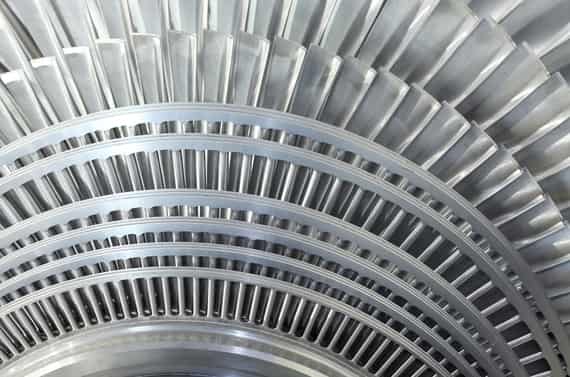Stationary Engines and Turbines
Catalysts for Oxidation and Reduction Applications

Stationary engines and turbines are widely used sources of power around the globe. Commonly, these engines are used in producing electrical power, in mines and may even be found in locomotives.
Types include:
Depending upon local, regional or global regulations, allowable emissions of harmful chemical compounds from engines can be strictly controlled. In most cases, catalytic technology offers the ideal solution as it is both highly effective and cost efficient. Clariant offers a variety of emissions control catalysts for stationary engines and turbines.
At Clariant we have been developing and manufacturing catalysts to clean exhaust gases from combustion processes since the early 1980s. Through expertise and by working in close cooperation with our customers, we have developed and defined standardized solutions – for new installations, for retrofit purposes and for replacements.
Oxidation catalysts
These catalyst types are used in catalytic incineration of harmful volatile organic compounds (VOC) and carbon monoxide (CO) emissions. These include the oxidation of CO and hydrocarbons including formaldehyde, aldehydes, PAKs, NMHCs, VOCs, TOCs into CO2 and water in lean burn applications.
Oxidation of CO and hydrocarbons including formaldehyde and acrolein with high sulfur tolerance and low conversion of SO2 into SO3 for diesel and fuel oil applications. Also available: Special DOC catalysts for the oxidation of NO to NO2
Oxidation of CO and hydrocarbons and the simultaneous reduction of NOx into CO2, water and nitrogen in rich-burn applications with air-fuel-ratio control (lambda control)
Catalyzed wall-flow filters for the efficient removal of particulate matter and the combustion of soot at low temperatures in lean-burn applications.
Catalysts for NOx and N2O Reduction. These catalysts convert harmful ammonia and nitric oxide emissions into harmless nitrogen gas and water across a variety of processes.
NOx emissions are reduced by ammonia or urea in SCR systems in lean-burn applications. Low, medium and high temperature variants are available designed to work across a wide range of space velocities (up to 60.000 h-1). The EnviCat series is comprised of VWT (Vanadium, Tungsten, Titanium Technology) or transition metal exchanged zeolite technologies.
Oxidation of NH3 slip into N2 with low NOx formation. These catalysts offer high-performance operation thru a broad temperature range and are capable of reducing ammonia slip. Additionally, high levels of NH3 conversion can be achieved with only low formation of N2O or NOx
EnviCat NOx Blue and Red catalyst series form mainly N2 with a selectivity typically above 90%, while EnviCat NOx Red catalyst series are capable to reduce N2O using either ammonia, hydrogen or hydrocarbons as reductants
A wide variety EnviCat catalysts are available in a wide variety of forms and cell types. In engine emission control, either metal or ceramic; substrates are used typically in round or rectangular shapes. Our catalysts can be customized based on individual requirements: every project is carefully reviewed by our engineers to ensure that the catalyst design meets or exceeds the required emission reduction and engine performance.

